In the steel pipe market, both pre-galvanized steel pipes (made from galvanized strip steel) and HDG steel pipes (galvanized after welding) are widely used. While they may look similar to the untrained eye, their production processes, performance, and applications have key differences that buyers should understand.
Difference Between Pre-Galvanized Steel Pipe and HDG Steel Pipe
1. Differences in production process and coating thickness
As mentioned earlier, pre-galvanized steel pipes are made from galvanized strip steel. The steel strip is first galvanized, then processed into pipes through welding and shaping. This method allows for fast production and lower costs. However, the zinc coating is usually thinner, providing moderate corrosion resistance.
On the other hand, HDG steel pipes are made by producing standard welded steel pipes first, then immersing them into a bath of molten zinc. This process forms a much thicker and more uniform zinc coating, ensuring excellent corrosion resistance, especially in harsh outdoor or marine environments.
2. Cost Difference
The thicker zinc layer in HDG pipes means higher production costs. As a result, pre-galvanized steel pipes are significantly cheaper—often the primary reason many customers choose them. For indoor use, or in applications where corrosion exposure is minimal, the performance difference is not critical, making pre-galvanized pipes a cost-effective choice.
3.Different wall thickness limits
One important factor to note is wall thickness. Pre-galvanized steel pipes are generally limited to thinner walls, as the galvanized strip steel raw material cannot meet high-thickness requirements. For applications needing wall thickness above 2.5 mm, manufacturers typically default to HDG steel pipes. This ensures both structural strength and coating durability.
|
Comparison Aspect
|
Hot-Dip Galvanized Pipe
|
Pre-Galvanized Pipe
|
|
Galvanizing Method
|
The finished steel pipe is dipped into molten zinc.
|
Zinc is applied to the steel strip before pipe forming.
|
|
Zinc Coating Thickness
|
Thicker (typically 45–80μm or more)
|
Thinner (typically 10–30μm)
|
|
Adhesion
|
Strong metallurgical bond; coating does not peel easily
|
Weaker adhesion; cut edges and welds may lack zinc layer
|
|
Corrosion Resistance
|
Excellent, suitable for harsh environments
|
Moderate, suitable for low-corrosion environments
|
|
Service Life
|
20–50 years depending on the environment
|
5–10 years depending on the environment
|
|
Cost
|
Higher due to more complex process
|
Lower cost, suitable for mass production
|
|
Appearance
|
Rougher or matte finish, darker gray surface
|
Smooth and shiny metallic surface
|
|
Typical Applications
|
Outdoor structures, industrial pipelines, utility projects
|
Indoor framing, cable trays, greenhouses, light structures
|
Choosing the Right Type for Your Application
Use Pre-Galvanized Steel Pipes if:
Cost efficiency is your priority
The environment is relatively dry or indoors
Wall thickness requirements are moderate (under 2.5 mm)
Use HDG Steel Pipes if:
The project requires superior corrosion resistance
The environment is humid, coastal, or industrial
Wall thickness exceeds 2.5 mm
Practical Buying Tips
When requesting a quotation for galvanized square or rectangular pipes, always specify your required wall thickness and intended use. This ensures you get the correct type—whether pre-galvanized or HDG—and avoid misunderstandings with suppliers.
Conclusion
Both pre-galvanized and HDG steel pipes have their place in the construction, manufacturing, and infrastructure sectors. Choosing the right one comes down to balancing cost, performance, and environmental conditions. With a clear understanding of their differences, you can make a more informed decision and ensure long-lasting results for your project.






 English
English Español
Español بالعربية
بالعربية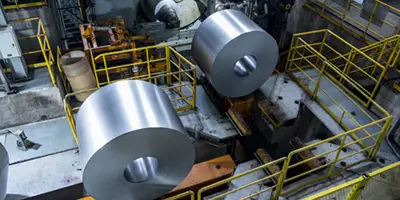

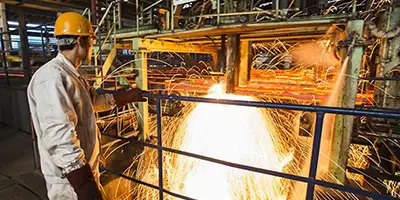
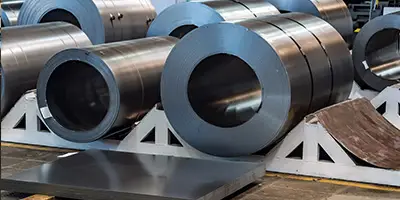

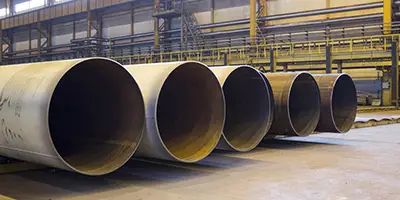

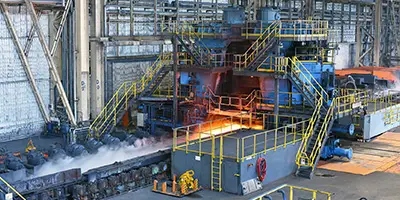
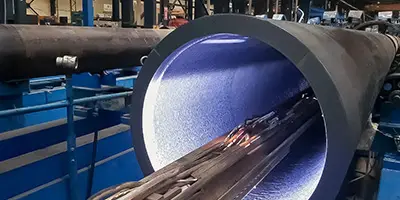
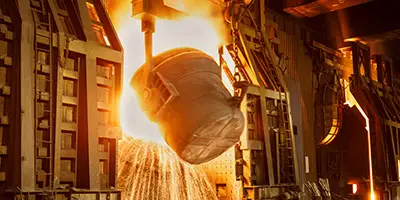

 Phone :
Phone :  Whatsapp :
Whatsapp :  Email :
Email : 


